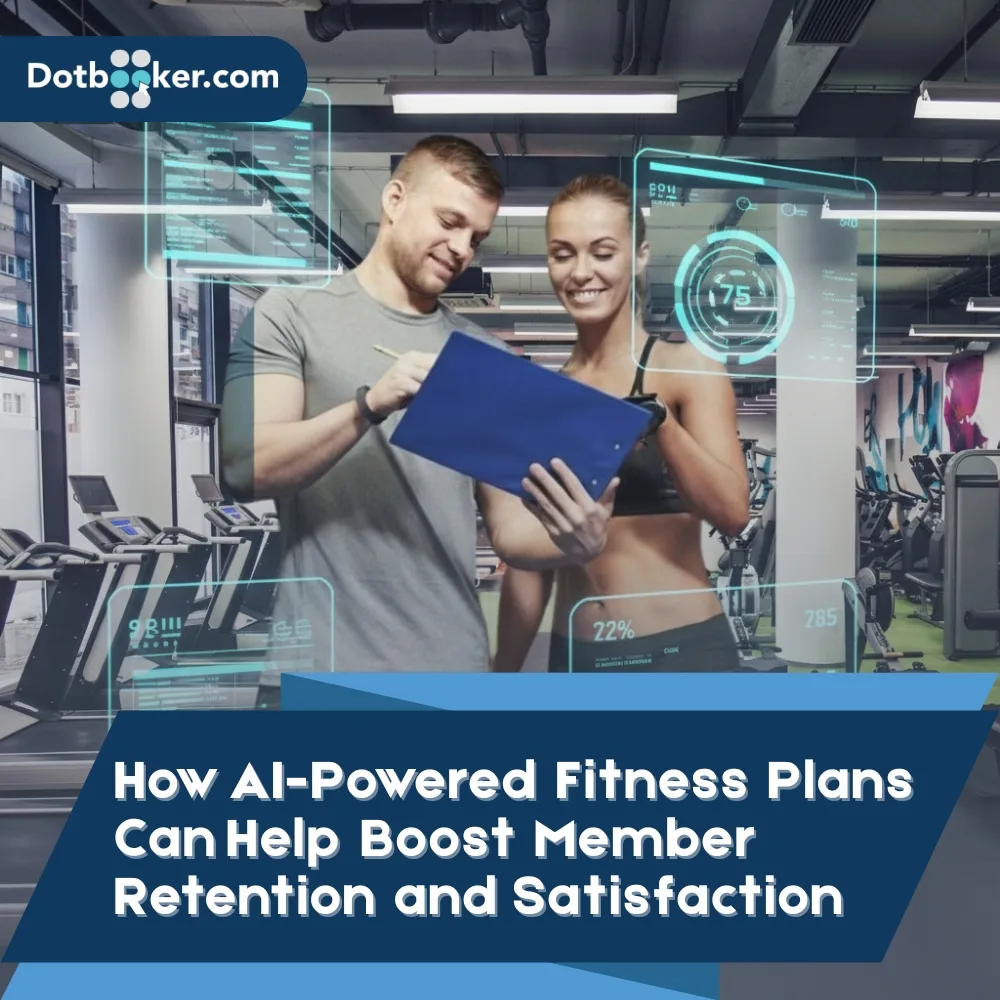
- By Dotbooker
- Oct 10, 2025
- 375
How AI-Powered Fitness Plans Can Help Boost Member Retention and Satisfaction
Step into any modern studio or gym and you’ll notice something different. Fitness is no longer only about lifting heavier weights or running faster laps. It’s about how well a program understands each individual. Members today want more than a routine; they want a partner that can read their progress, anticipate their needs, and evolve alongside them. That is exactly what AI-powered fitness plans bring to the table.
For businesses in the fitness and wellness space, this technology isn’t just a futuristic tool. It’s a powerful way to keep members motivated, engaged, and satisfied—ensuring they see value in their membership far beyond the workout floor.
Why Personalization Wins Every Time
Generic workout charts often fade into the background after a few weeks. Members lose excitement when they feel like they’re following the same blueprint as everyone else. AI changes this experience entirely. By analyzing personal data, such as activity levels, performance trends, and fitness goals, AI develops plans that feel hand-tailored.
The result is a workout path that adjusts itself as the member improves. Whether someone is training for endurance, weight management, or strength, their progress is never boxed into a single approach. This evolving personalization makes members feel seen and valued—two qualities that naturally encourage long-term commitment.
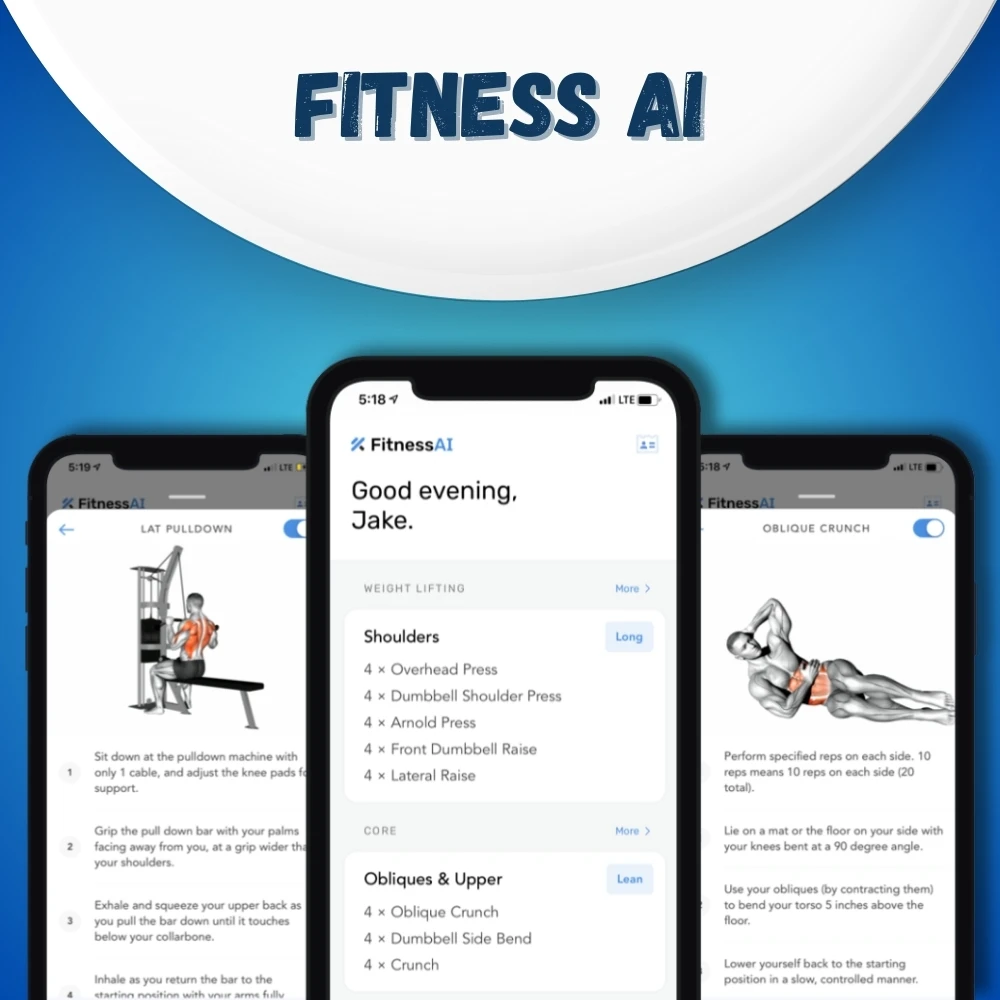
A great example of this is FitnessAI, which generates customized workout routines by adjusting sets, reps, and weights based on each user’s progress. Over time, no two members’ plans look the same, making every user feel their journey is uniquely supported.![]()
Real-Time Feedback That Builds Trust
When someone steps into a workout, the biggest fear isn’t always failing—it’s getting hurt or not knowing whether they’re doing things correctly. In a crowded class, a trainer might try to correct a few people, but inevitably, mistakes slip through. A poorly aligned squat, a rushed push-up, or overtraining without enough rest can lead to injuries that not only set progress back but also push members out the door.
AI-powered systems step in here as a second set of eyes, constantly monitoring performance through wearables, motion sensors, or integrated apps. They pick up on things the human eye might miss. If your heart rate climbs too quickly, the system sends a signal to slow down. If your movement shows fatigue or lack of form, note this and adjust the intensity for your next session.
Apple recently introduced the Workout Buddy AI coach on the Apple Watch, which gives real-time voice feedback during strength and cardio sessions. It spots changes in heart rate, pace, or form instantly—exactly the kind of detail that helps members feel safe and guided.
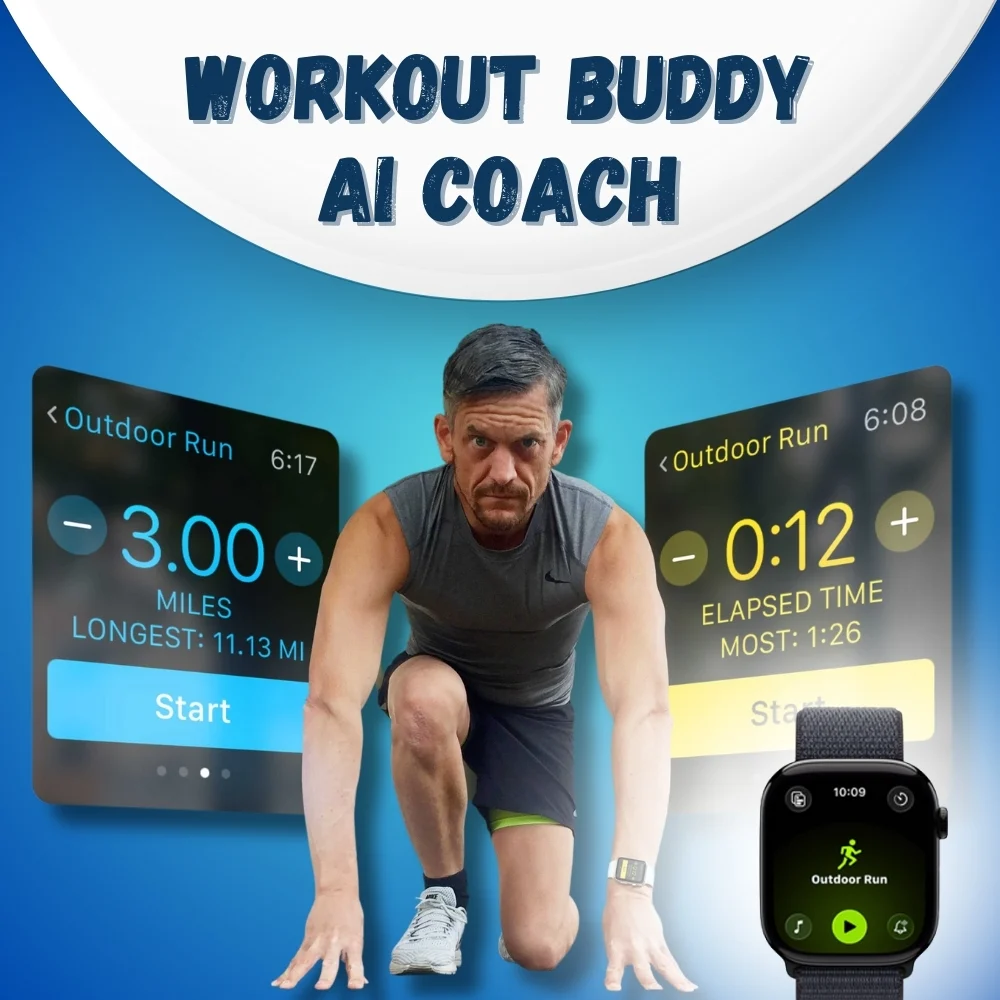
This is like having a personal coach who never blinks, never misses a detail, and always has your safety in mind. For members, it creates a sense of security—they know they’re exercising correctly. That confidence builds trust, and trust is one of the most powerful ingredients in keeping people committed to their fitness journey.
Making Progress Tangible and Exciting
Fitness is rarely an overnight transformation. Results are gradual, and when members can’t see visible changes, their motivation often fades. That’s where AI reshapes the experience. Instead of leaving progress invisible, it translates small improvements into clear, encouraging markers.
Imagine logging into your app and seeing a chart showing that you’ve run 10 percent longer this week than last, or that your average strength performance has steadily climbed over the past month. You might not see those changes in the mirror right away, but you can see them on paper. That validation is powerful.
AI also makes progress feel like a game. Milestones unlock digital badges, consistency earns streak recognition, and leaderboards highlight dedication. It’s not about competing against others—it’s about competing with your own yesterday. These little sparks of achievement turn fitness into something members look forward to rather than dread. And when they know that progress is being tracked, celebrated, and recognized, their motivation to return stays alive.
Nutrition as a Natural Extension of Training
Even the best workouts won’t deliver results if nutrition is ignored. But here’s the reality: most members don’t want to follow rigid diets that feel impossible in daily life. Strict plans often lead to burnout, guilt, or complete abandonment.
AI approaches nutrition differently. Instead of handing out the same diet plan to everyone, it considers individual lifestyles, preferences, and health data. A vegetarian who loves late-night snacks won’t get the same plan as someone training for a marathon.
If someone logs a pizza on Friday night, the system doesn’t scold—it adapts. It might recommend a lighter workout on Saturday or suggest balanced meals for recovery.
This approach is already popular in apps like HealthifyMe’s Ria and Lumen. Ria adapts Indian diets to individual lifestyles, while Lumen analyzes metabolism to recommend whether you need more carbs or proteins in your next meal—making nutrition flexible, not rigid.

This flexibility is what makes it sustainable. Members don’t feel like failures for living their lives. Instead, they feel supported in making better choices over time. That balance between effort and enjoyment makes the entire fitness journey less of a burden and more of a lifestyle. When people can realistically stick to a plan, satisfaction increases, and so does retention.
Anticipating Member Drop-Offs Before They Happen
One of the biggest challenges fitness businesses face is silent disengagement. A member may stop showing up, but by the time staff notice, the cancellation request has already been submitted.
AI solves this problem by acting like an early-warning system. It looks for patterns that indicate waning interest—missed classes, fewer app logins, or reduced workout intensity. If someone who was once consistent suddenly disappears, the system flags it.
This allows the business to step in early. A trainer can send a check-in message, the studio can offer a complimentary class, or an app notification can remind the member of their goals. These small touches can reignite motivation before it’s too late.
A real-world case is MyFitnessPal, which notices drop-offs in activity logging and sends reminders or motivational nudges to bring users back before disengagement becomes permanent.
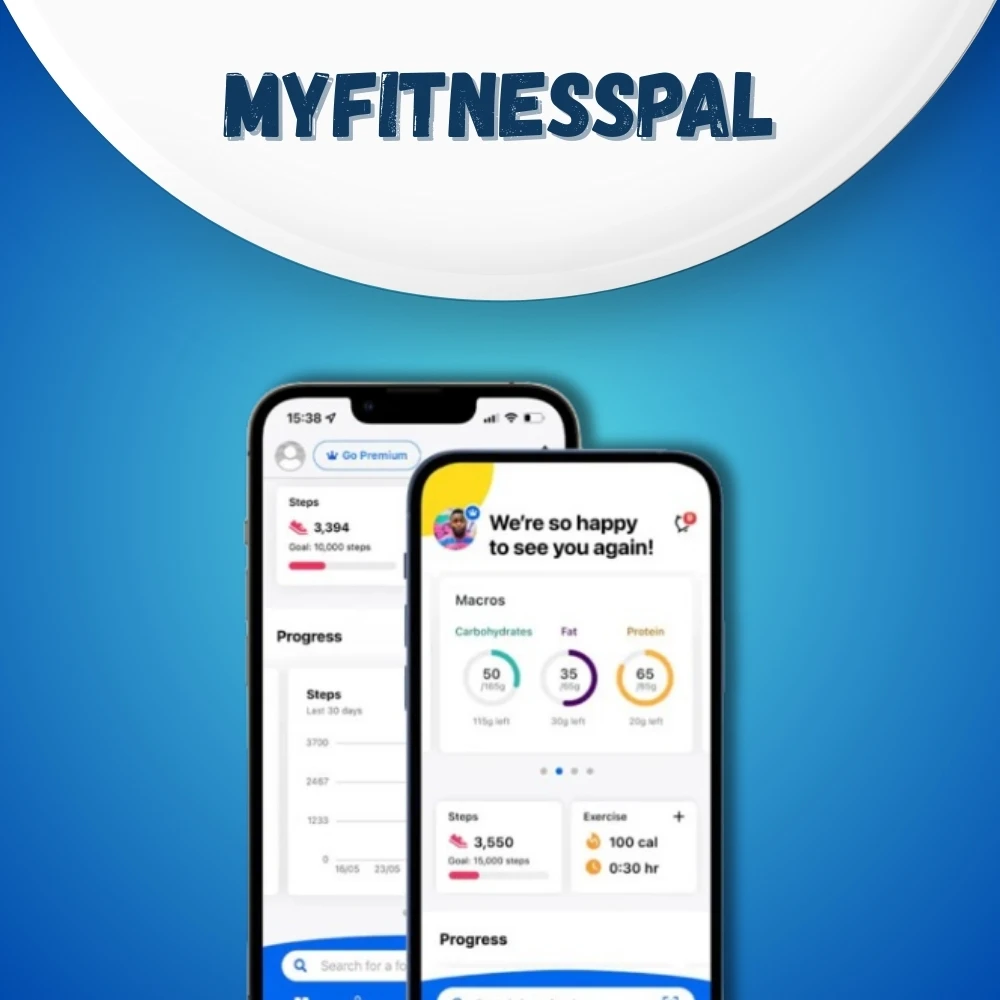
Instead of reacting to lost memberships, fitness businesses gain the ability to prevent them. And for members, it feels like someone is paying attention, which adds to the sense of care and value they receive.
Extending Support Beyond the Walls of the Gym
For most members, the real test of consistency happens outside the gym. Busy schedules, family responsibilities, and long workdays often create gaps in training. Without support, those gaps grow into drop-offs.
AI fills this space by providing round-the-clock assistance. Through mobile apps, chatbots, and personalized recommendations, members can get guidance at any time—whether it’s a quick 15-minute at-home workout, advice on stretching sore muscles, or tips for staying active during a business trip.
One striking case came from YouTuber Cody Crone, who lost nearly 13 kg in two months by following AI-generated workout and nutrition guidance through ChatGPT. The fact that he achieved this entirely outside a gym shows how AI support can travel with the member wherever life takes them.

This continuous connection makes the fitness program feel like a part of daily life rather than a chore confined to gym hours. Members start to view the studio as a trusted partner in their overall wellness, not just a location with equipment. And when that relationship extends beyond four walls, loyalty becomes much stronger.
Creating a Community, Not Just a Membership
While personal goals drive people to join gyms, community is often what keeps them there. Feeling like part of a collective journey can turn exercise from a solitary task into a shared experience.
AI enhances this by enabling smarter group interactions. Data can be used to organize challenges that bring people together, such as step-count competitions, consistency streaks, or team-based endurance goals. Members can see leaderboards, track each other’s progress, and celebrate shared milestones.
It also matches people with similar fitness levels or goals, creating natural workout partnerships. Suddenly, members aren’t just showing up for themselves—they’re showing up for their peers. This sense of belonging transforms the gym into a community hub where encouragement flows both ways.
When members feel they are part of something larger than themselves, satisfaction deepens. They become advocates, encouraging friends and family to join, and their likelihood of leaving decreases dramatically.
Moving Forward: The Smart Path to Loyalty
The fitness industry is no longer about who has the fanciest equipment or the largest facility. Success comes from creating an experience that members do not want to give up. AI-powered fitness plans do exactly that. They personalize workouts, track progress, simplify nutrition, and extend care beyond the gym—all while keeping members motivated and engaged.
For businesses, this translates into loyalty that lasts. Platforms like Dotbooker make it easier for fitness studios, gyms, and wellness brands to integrate these advanced experiences into everyday operations. With features like smart scheduling, seamless bookings, and digital engagement tools, Dotbooker helps transform AI-driven fitness into a full-service solution that keeps members satisfied.
Retention isn’t achieved with discounts or gimmicks. It’s achieved by creating meaningful, adaptive, and rewarding journeys that members cannot imagine leaving. AI-powered plans are the bridge to that future.
Popular Blogs
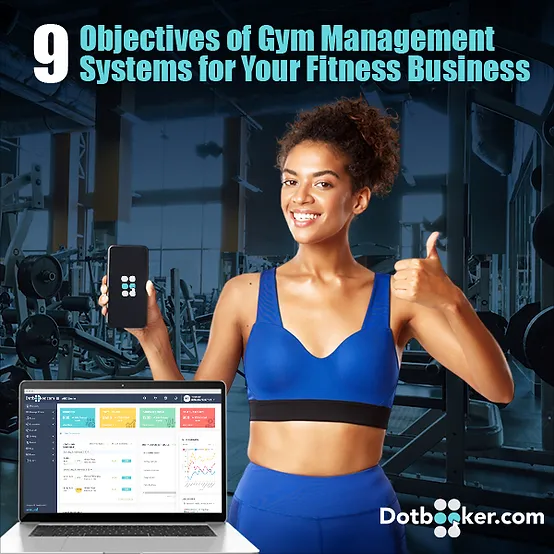
- Oct 20, 2022
- 4652
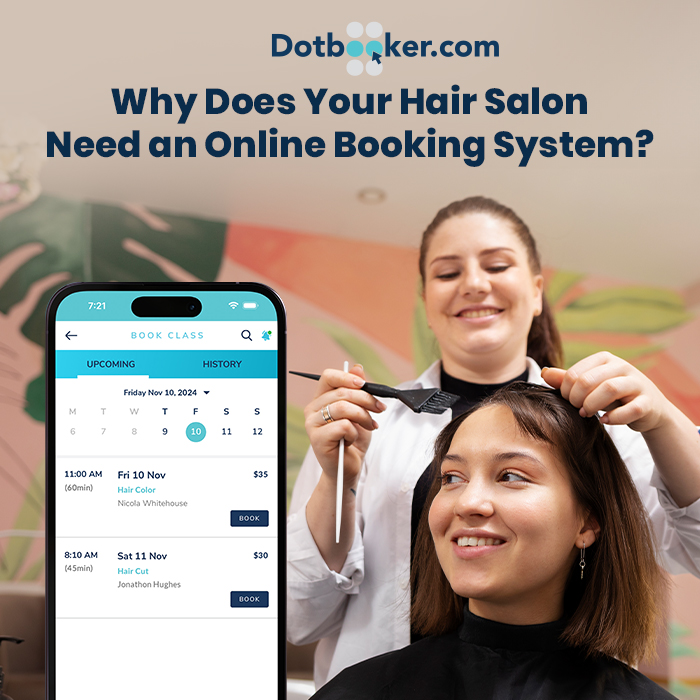
- Sep 08, 2024
- 3960

- Nov 11, 2022
- 3410

- Sep 16, 2024
- 2802
Transform your business now!

Get an expert consultation for your business's streamlined operations.